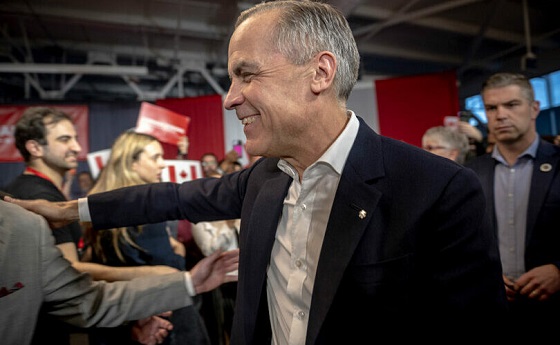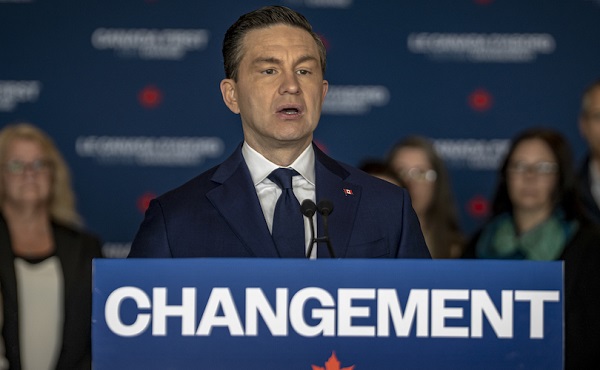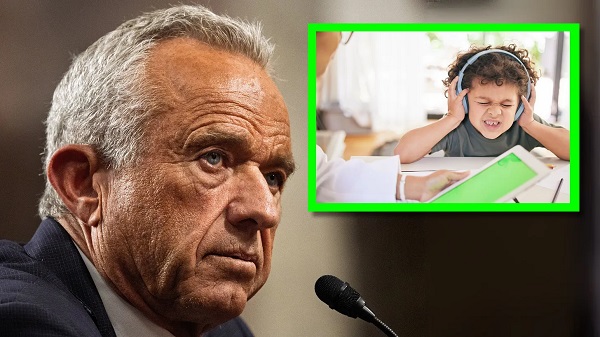Alberta
The world is full of options

The world is full of options.
Keep dreaming or cut your hopes? With opinions dominating every aspect of life, whose judgment can you trust? Should we step outside or wait until the siren stops wailing?
Right now, almost at this moment, the National Hockey League is asking those questions: push aside all obstacles and restart the abbreviated current season, or accept that games without fans won’t provide the answer, and the emotional, fan-driven thrills, that supporters truly want? Those questions are front and centre for commissioner Gary Bettman and his paid advisers, as well as for all of us who count on sports – especially hockey, even in what should be baseball season – to fill essential blanks in our schedules. Another group waits more anxiously than ticket-buyers or big-screen addicts possibly could.
The players, of course.
For many, their future next season – even beyond whatever shape their game takes in the short term – is transcendent. Those who have endured a difficult partial season obviously have more concerns than those whose team standings and personal statistics are beyond rebuke. But that, in every sport, is a minority. Far more common are those who cannot tell what next year will bring.
It’s entirely possible that one such man will be Mark Pysyk, the former Edmonton Oil Kings captain who became a first-round draft choice of the Buffalo Sabres in the 2010 entry draft and later was traded to the Florida Panthers, where his career has been solid but, as he would clearly admit, not spectacular.
Pysyk holds a high place in Oil Kings junior history. Although his profile never reached the level of Hall-of-Famers Johnny Bucyk or Norm Ullman, nor Al Hamilton and coaching great Pat Quinn and Hall-of-Fame builder Glen Sather, he was the first prospect to don an Edmonton uniform when the franchise returned to organized hockey in 2007 after a long period of ugly sports politics kept this community on the outside looking in.
Pysyk played only 14 Western Hockey League games that season but was a junior star from then on. After Buffalo grabbed him, he played part of one season in the American Hockey League. Since then, he has been fully employed, except for three games in Rochester while recovering from an injury in the 2015-16 season, shortly before he became part of a draft day trade that sent him to the Florida Panthers.
In the next two seasons at his sunny South home, Pysyk performed almost exactly as before: go to work, do the job, get ready for practice tomorrow. seven goals and 33 points in 164 regular-season games; impressive enough, he was, to remain protected in the Las Vegas expansion draft. Then, last season, it was down to one goal and 10 points in 70 games. Word leaked that he would be available for the right trade offer.
Some idle time at the start of this season could not have been unexpected. New head coaches – Joel Quenneville, in this case – always bring change. Blueliners Aaron Ekblad and Anton Stralman played longer minutes. Mike Matheson and MacKenzie Weegar contributed to Pysyk’s extra rest. Then came the change that provided a whole new picture – at least potentially.
Pysyk became a right winger. He scored nine goals – easily his best ever – and the Panthers remained, somehow, as playoff possibilities. His defensive abilities helped keep opposition scoring chances down while this third (sometimes fourth) line improved the offence.
That happy collection of events certainly has presented new possibilities. Will he be a Panther next season? Will he be a forward or a defenceman? Is there any chance that the astute Quenneville saw something other analysts missed before Pysyk arrived.
Eventually, this quality young man will use his ability and his character to answer those questions.
Alberta
Red Deer Justice Centre Grand Opening: Building access to justice for Albertans

The new Red Deer Justice Centre will help Albertans resolve their legal matters faster.
Albertans deserve to have access to a fair, accessible and transparent justice system. Modernizing Alberta’s courthouse infrastructure will help make sure Alberta’s justice system runs efficiently and meets the needs of the province’s growing population.
Alberta’s government has invested $191 million to build the new Red Deer Justice Centre, increasing the number of courtrooms from eight to 12, allowing more cases to be heard at one time.
“Modern, accessible courthouses and streamlined services not only strengthen our justice
system – they build safer, stronger communities across the province. Investing in the new Red Deer Justice Centre is vital to helping our justice system operate more efficiently, and will give people in Red Deer and across central Alberta better access to justice.”

Government of Alberta and Judiciary representatives with special guests at the Red Deer Justice Centre plaque unveiling event April 22, 2025.
On March 3, all court services in Red Deer began operating out of the new justice centre. The new justice centre has 12 courtrooms fully built and equipped with video-conference equipment to allow witnesses to attend remotely if they cannot travel, and vulnerable witnesses to testify from outside the courtroom.
The new justice centre also has spaces for people taking alternative approaches to the traditional courtroom trial process, with the three new suites for judicial dispute resolution services, a specific suite for other dispute resolution services, such as family mediation and civil mediation, and a new Indigenous courtroom with dedicated venting for smudging purposes.
“We are very excited about this new courthouse for central Alberta. Investing in the places where people seek justice shows respect for the rights of all Albertans. The Red Deer Justice Centre fills a significant infrastructure need for this rapidly growing part of the province. It is also an important symbol of the rule of law, meaning that none of us are above the law, and there is an independent judiciary to decide disputes. This is essential for a healthy functioning democracy.”
“Public safety and access to justice go hand in hand. With this investment in the new Red Deer Justice Centre, Alberta’s government is ensuring that communities are safer, legal matters are resolved more efficiently and all Albertans get the support they need.”
“This state-of-the-art facility will serve the people of Red Deer and surrounding communities for generations. Our team at Infrastructure is incredibly proud of the work done to plan, design and build this project. I want to thank everyone, at all levels, who helped make this project a reality.”
Budget 2025 is meeting the challenge faced by Alberta with continued investments in education and health, lower taxes for families and a focus on the economy.

Quick facts
- The new Red Deer Justice Centre is 312,000 sq ft (29,000 m2). (The old courthouse is 98,780 sq ft (9,177 m2)).
- The approved project funding for the Red Deer Justice Centre is about $191 million.
Alberta
CPP another example of Albertans’ outsized contribution to Canada

From the Fraser Institute
By Tegan Hill
Amid the economic uncertainty fuelled by Trump’s trade war, its perhaps more important than ever to understand Alberta’s crucial role in the federation and its outsized contribution to programs such as the Canada Pension Plan (CPP).
From 1981 to 2022, Albertan’s net contribution to the CPP—meaning the amount Albertans paid into the program over and above what retirees in Alberta received in CPP payments—was $53.6 billion. In 2022 (the latest year of available data), Albertans’ net contribution to the CPP was $3.0 billion.
During that same period (1981 to 2022), British Columbia was the only other province where residents paid more into the CPP than retirees received in benefits—and Alberta’s contribution was six times greater than B.C.’s contribution. Put differently, residents in seven out of the nine provinces that participate in the CPP (Quebec has its own plan) receive more back in benefits than they contribute to the program.
Albertans pay an outsized contribution to federal and national programs, including the CPP because of the province’s relatively high rates of employment, higher average incomes and younger population (i.e. more workers pay into the CPP and less retirees take from it).
Put simply, Albertan workers have been helping fund the retirement of Canadians from coast to coast for decades, and without Alberta, the CPP would look much different.
How different?
If Alberta withdrew from the CPP and established its own standalone provincial pension plan, Alberta workers would receive the same retirement benefits but at a lower cost (i.e. lower CPP contribution rate deducted from our paycheques) than other Canadians, while the contribution rate—essentially the CPP tax rate—to fund the program would likely need to increase for the rest of the country to maintain the same benefits.
And given current demographic projections, immigration patterns and Alberta’s long history of leading the provinces in economic growth, Albertan workers will likely continue to pay more into the CPP than Albertan retirees get back from it.
Therefore, considering Alberta’s crucial role in national programs, the next federal government—whoever that may be—should undo and prevent policies that negatively impact the province and Albertans ability to contribute to Canada. Think of Bill C-69 (which imposes complex, uncertain and onerous review requirements on major energy projects), Bill C-48 (which bans large oil tankers off B.C.’s northern coast and limits access to Asian markets), an arbitrary cap on oil and gas emissions, numerous other “net-zero” targets, and so on.
Canada faces serious economic challenges, including a trade war with the United States. In times like this, it’s important to remember Alberta’s crucial role in the federation and the outsized contributions of Alberta workers to the wellbeing of Canadians across the country.
-

 2025 Federal Election1 day ago
2025 Federal Election1 day agoStudy links B.C.’s drug policies to more overdoses, but researchers urge caution
-

 Business2 days ago
Business2 days agoChinese firm unveils palm-based biometric ID payments, sparking fresh privacy concerns
-

 2025 Federal Election1 day ago
2025 Federal Election1 day agoCarney’s Hidden Climate Finance Agenda
-

 2025 Federal Election1 day ago
2025 Federal Election1 day agoWhen it comes to pipelines, Carney’s words flow both ways
-

 Business1 day ago
Business1 day agoIs Government Inflation Reporting Accurate?
-

 2025 Federal Election2 days ago
2025 Federal Election2 days agoFormer WEF insider accuses Mark Carney of using fear tactics to usher globalism into Canada
-

 Environment2 days ago
Environment2 days agoExperiments to dim sunlight will soon be approved by UK government: report
-

 2025 Federal Election2 days ago
2025 Federal Election2 days agoConservatives promise to ban firing of Canadian federal workers based on COVID jab status





